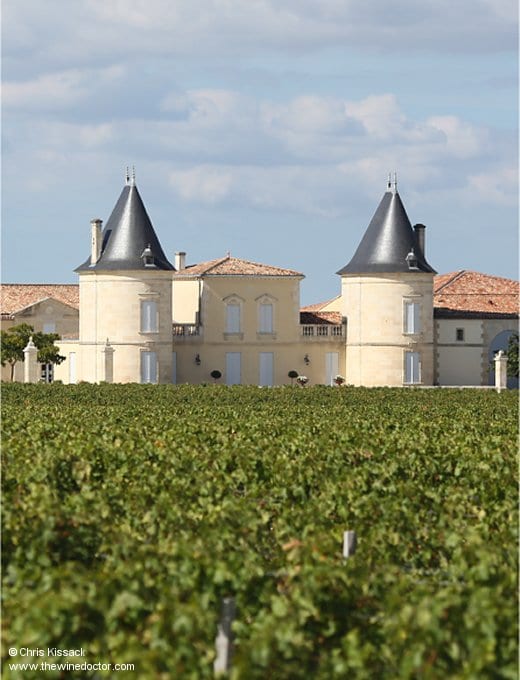Château Lilian Ladouys
For many years the wines of Château Lilian Ladouys were not ones that I frequently encountered. Imagine my surprise, then, when I was one day confronted by a line up of recent vintages, a mini-vertical no less, at a tasting in London. Nonchalantly chewing a stick of gum, the woman behind the bottles was pouring the wines in the most laid-back, disaffected manner possible. Her attitude was disconcerting, as she seemed to show no interest in the tasting, nor in how the wines were showing. In a way, her manner seemed to reflect the wines themselves, which had a similarly disenfranchised feel to them. I wasn’t impressed; overall the wines seemed weedy and uninteresting.
I am quite sure that this state of affairs would have continued; when domaines get into a rut, it can be a gargantuan task to change course. What is often required is a change of owner, somebody willing to enforce progress and improvements; that usually means financial investment, which means that nowadays we look to the world of business and finance, whether in individual or corporate form, for new investment in Bordeaux. The acquisition of this château by Jacky Lorenzetti in 2008 might be just the ticket here.

